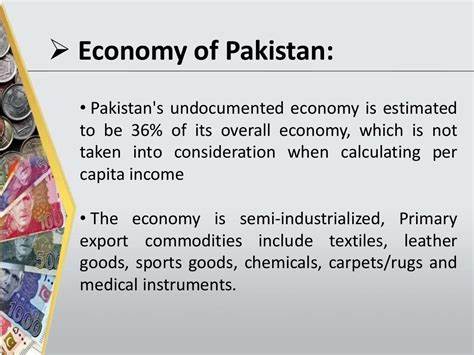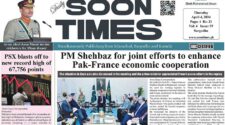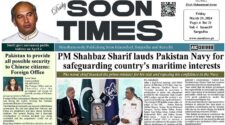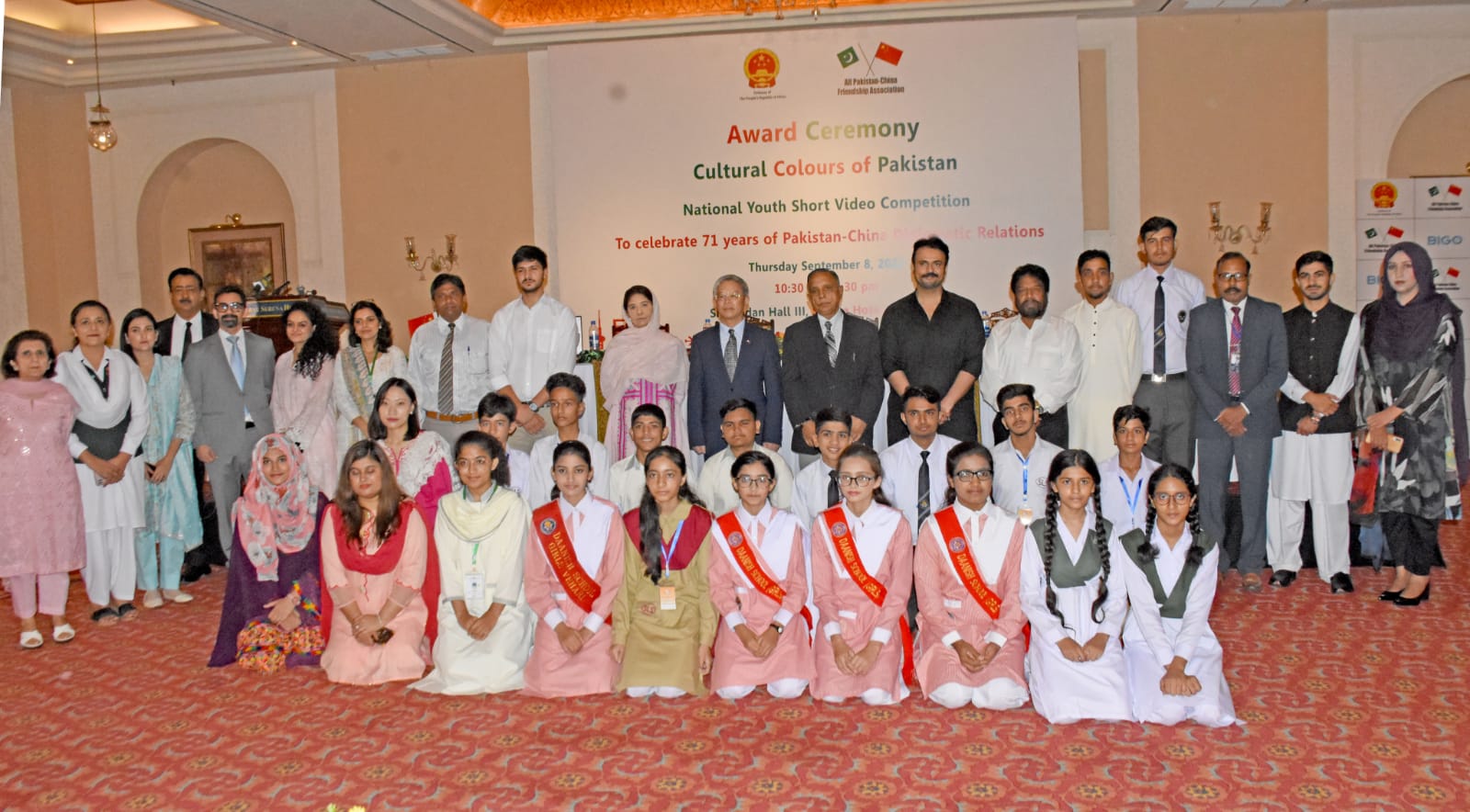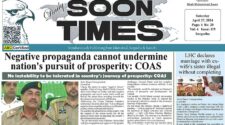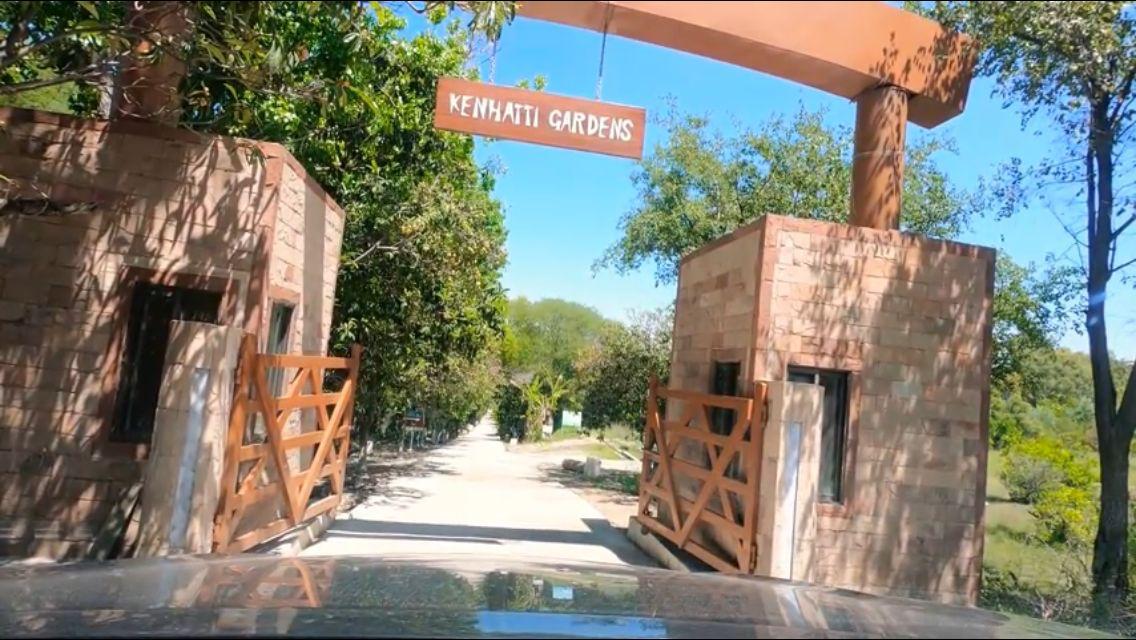Op-ed by Fatima Sharif and Javaid Rasool
PhD Economics (2nd Semester)
Pakistan Institute of Development Economics
A nation is considered stable if it has maintained a liberal and stable democracy or dictatorship for 25 years. The primary idea is that a stable, powerful political government is essential to the government system’s effectiveness. If a government’s policy goals change frequently, it is regarded as inefficient. There are two approaches to looking into the connection between political unpredictability and economic development. First, an uncertain and volatile political environment discourages private investment, which in turn slows growth. Second, political unpredictability alters the form of investment, impacts factor demand, and modifies spending patterns, all of which directly impact economic growth rather than investment. Resultantly, risk-averse individuals would prefer to invest elsewhere in a safe environment rather than in a dangerous one since the potential of a change in administration affects future policy. Due decrease in investment lowers productivity, savings, and consumption levels which further decline the average person’s earning potential and purchasing power. Political instability raises inflation and unemployment, and high inflation and unemployment promote social unrest and uncertainty among the populace. This unrest can potentially result in widespread strikes and violent protests against government policies and employers. Political unrest is meant to slow down economic activity, and physical human capital has a negative impact on output growth.
A political system that is unstable could substantially impede economic expansion. The use of the word “political instability” in journalism provided a different definition of the term. Journalists, however, used the term “political instability” to imply that a government was frail and might not last. “Uncertainty” is a crucial aspect of this definition. Since 1970, Pakistan has suffered fluctuations in its economic growth rate due to the political unrest left over from the war of 1971. Pakistan suffered significant losses of both people and financial resources during this conflict. Due to consistent and long-term economic strategies, Pakistan saw a sustainable growth rate in the second part of the 1970s that lasted until the Afghan War in 1988. Only political unrest, inconsistent, and unreasonable economic and political policies are to blame for the decline in Pakistan’s economic growth rate that began in the late 1980s. For instance, after Musharraf fired the chief justice in 2007, the media contributed to the anti-government backlash that led to the Chief Justice’s reinstatement. The media is also recognized for expressing popular demands and acting as gatekeepers by making the public heard in ways that political institutions had previously rejected. Being first and being right has become tense in journalism. This pressure makes it harder to uphold the standards of impartiality and accuracy, which affects credibility. The TV debate programs lack insightful analysis and stimulating debates. Politicians’ daily battles ultimately fail to make any sense to the audience. The well-being of individuals through opportunity, employment, and the creation of commodities and services is Economics’ main focus. The main goal of media economics is to apply economic theories to the economic practices and policies of media organizations, news organizations, film production firms, broadcast media, digital media corporations, and media advertising spenders.
Economic policymakers should avoid political instability since it restricts the potential for growth and prosperity. Elections, terrorist attacks, regime transitions, and strikes in the nation over time are just a few examples of the many variables and causes used to quantify political instability. After former PM Imran Khan lost a vote of no confidence, parliament chose opposition leader Shehbaz Sharif of the Pakistan Muslim League-Nawaz (PML-N) to succeed him as Pakistan’s next Prime Minister (PM) on April 11, 2022. A growing current account deficit and soaring inflation are challenges for the new administration. Pakistan still lacks money despite being covered by the Extended Fund Facility (EFF) of the International Monetary Fund (IMF). A black market for dollars has emerged as a result of the pent-up demand, insufficient supply, and rationing policies implemented by the government. People pay a premium price in such an underhanded route, and the profiteers make the most of the circumstances. There are numerous internal and global political and economic difficulties facing the economy. The increased political and economic unpredictability has given profiteers and speculators numerous possibilities to control the globe. Only unusual methods, which a political government may employ, may deal with this scenario. The political government’s will is crucial in this situation. The political temperature is gradually down. In the upcoming months, the economy may see a little improvement.


